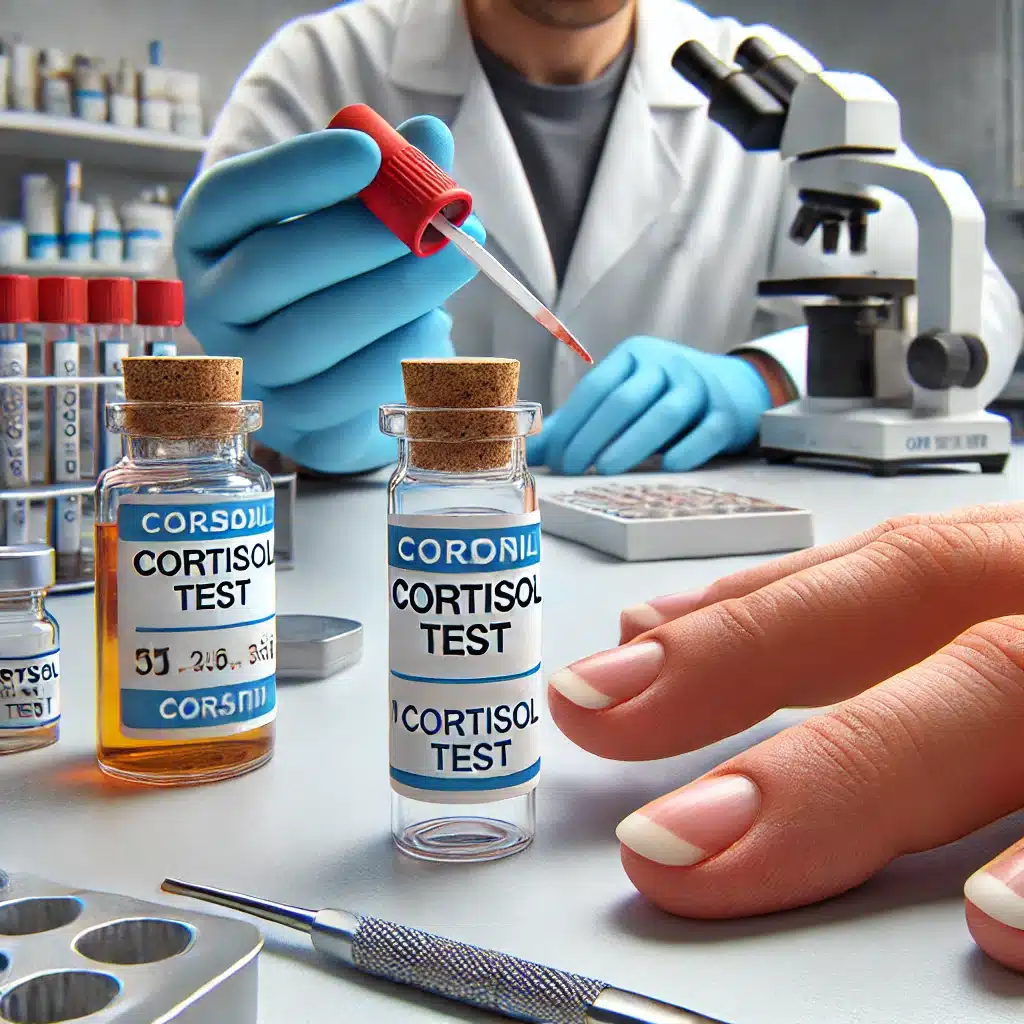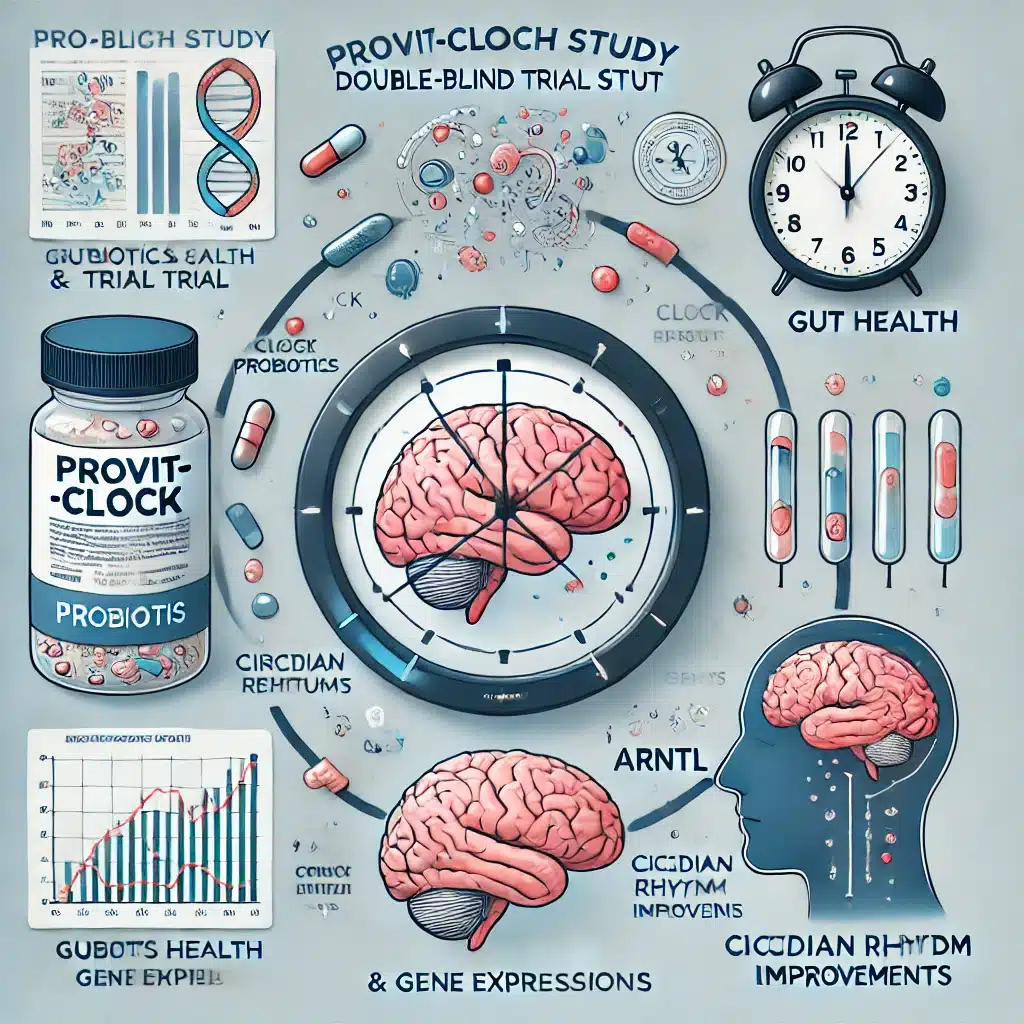Elevated fingernail cortisol levels can distinguish individuals with lifetime major depressive disorder (MDD) from healthy controls, suggesting it as a promising biomarker for MDD.
Highlights:
- Individuals with lifetime MDD had significantly higher fingernail cortisol concentrations compared to healthy controls (p = 0.041).
- Higher fingernail cortisol concentrations were correlated with the number of depressive episodes experienced (p = 0.011).
- Household income was identified as the only significant confounder of fingernail cortisol (p = 0.008).
- Fingernail cortisol is a non-invasive, robust biomarker that is unaffected by age, sex, smoking, or nail treatments.
Source: Neuropsychobiology (2023)
Major Findings: Fingernail Cortisol Levels vs. Major Depressive Disorder (MDD)
Schumacher et al. investigated whether cortisol levels in fingernails could distinguish currently remitted individuals with a history of major depressive disorder (MDD) from healthy controls.
1. Elevated Fingernail Cortisol in Lifetime Depression
One of the most significant discoveries from this study is that individuals with a history of major depressive disorder (MDD) have notably higher levels of cortisol in their fingernails compared to healthy individuals.
Cortisol is a hormone often linked to stress, and elevated levels have been consistently associated with depression.
By measuring cortisol in fingernails, researchers can assess long-term cortisol levels non-invasively, providing a unique way to study stress and depression over extended periods.
In this study, participants with lifetime MDD had higher fingernail cortisol concentrations (1.42 [1.33] vs. 1.19 [0.94]; p = 0.041), suggesting that even in remission, individuals with a history of MDD exhibit higher stress hormone levels.
2. Correlation with Number of Depressive Episodes
Among those with a history of MDD, the study found a significant correlation between the number of depressive episodes they experienced and their fingernail cortisol levels (p = 0.011).
This means that the more episodes of depression a person had, the higher their cortisol levels were.
This finding supports the idea that recurring episodes of depression may have a cumulative effect on stress hormone levels, making fingernail cortisol a potential marker for the chronicity of depression.
3. Income as a Significant Confounder
The study identified household income as the only significant confounder affecting fingernail cortisol levels (p = 0.008).
This suggests that socioeconomic factors can influence cortisol levels, likely due to the varying levels of stress experienced by individuals in different income brackets.
Higher stress levels associated with lower income could contribute to increased cortisol, indicating that financial stress should be considered when evaluating cortisol as a biomarker for depression.
4. Robustness of Fingernail Cortisol as a Biomarker
Fingernail cortisol was found to be unaffected by various lifestyle and demographic factors, including age, sex, smoking status, use of hormonal contraceptives, handwashing frequency, and nail varnish use.
This robustness makes fingernail cortisol a reliable biomarker for long-term cortisol levels, as it remains stable despite these potential confounders.
This stability is crucial for its potential application in remote research and clinical settings, offering a consistent measure of stress over time.
5. Potential for Remote Research & Clinical Integration
Given its non-invasive nature and stability, fingernail cortisol sampling presents a promising method for remote research and clinical practice.
Unlike blood or saliva samples, which can be affected by immediate stressors or the time of day, fingernail samples provide a longer-term view of cortisol levels.
This makes them particularly useful for studying chronic stress and conditions like MDD, where long-term stress hormone levels are more relevant than short-term fluctuations.
Researchers and clinicians could use this method to gather data from diverse populations without the need for invasive procedures or strict timing protocols.
Details: Fingernail Cortisol vs. Major Depression (2023)

Sample
The study recruited a total of 100 individuals from the general population. After applying exclusion criteria, 98 participants were included in the final analysis. The sample was divided into two groups:
- Lifetime MDD Group: 47 participants with a history of MDD
- Healthy Control Group: 51 participants without any history of MDD
Methods
- Recruitment & Screening: Participants were recruited through online advertisements and flyers. An initial online screening assessed eligibility based on exclusion criteria such as left-handedness, pregnancy, current major depressive episode, physical illnesses, medication intake, and recent recreational drug use.
- Clinical Interview & Questionnaires: Eligible participants underwent a structured clinical interview (SCID-5-CV) to confirm lifetime MDD and completed various questionnaires to collect sociodemographic, lifestyle, and psychosocial data.
- Nail Collection: Participants were instructed to cut their nails and regrow them for 14 days. After this period, they cut their nails again and provided the samples for cortisol analysis.
- Cortisol Analysis: Nail samples were processed at the University of Zurich’s biochemical laboratory. The cortisol extraction involved washing, drying, grinding, and chemical analysis using luminescence assays.
- Statistical Analysis: Data were analyzed using SPSS 25. Group differences in cortisol levels were assessed using ANCOVA, controlling for relevant confounders. Correlations between cortisol levels and various characteristics were evaluated using Spearman’s rank correlations.
Limitations
- Sex Imbalance: The high proportion of women in the sample (81%) limits the generalizability of the findings to men. However, this reflects the higher prevalence of MDD in women.
- Retrospective Reporting: The assessment of previous MDD episodes was based on retrospective self-reports, which could introduce memory bias.
- Infancy of Methodology: Research on fingernail cortisol is still emerging, and the precise mechanisms of cortisol incorporation into nail tissue are not fully understood.
- Chronic Stress Assessment: Chronic stress was measured retrospectively, which may not accurately capture the relationship between stress and cortisol levels. Prospective studies are needed for more robust conclusions.
- Homogeneity of Sample: The sample was relatively young and homogeneous in terms of age and socioeconomic status, potentially limiting the findings’ applicability to a broader population.
Conclusion: Fingernail Cortisol vs. Lifetime Major Depression
This study provides compelling evidence that elevated fingernail cortisol levels can serve as a biomarker for lifetime major depressive disorder (MDD).
The significant difference in cortisol concentrations between individuals with a history of MDD and healthy controls underscores the persistent impact of depression on stress hormone regulation.
The findings suggest that chronic stress and HPA axis dysregulation play crucial roles in the long-term biological footprint of depression.
Furthermore, the robustness of fingernail cortisol against various confounders enhances its potential as a reliable tool for remote and clinical research.
These results open new avenues for non-invasive monitoring of stress-related disorders and highlight the importance of considering socioeconomic factors in mental health studies.
Future research should focus on prospective studies to further elucidate the mechanisms behind cortisol incorporation in nails and its implications for chronic stress and depression.
References
- Study: Fingernail Cortisol: A Biological Signal of Lifetime Major Depressive Disorder (2023)
- Authors: Sarah Schumacher et al.








